QuestionI just bought a 5-year old Belgian Draft Cross. He is sound as could be in the ring (sandy surface) and on grassy surfaces. But lately, when I take him on the trail, he is "ouchy" on the stones and hard surfaces and wants to move over to the softer shoulders. He has never been shod, but I fear I will do him damage if I continue to ride him barefoot on the trail. His feet are too big for even the largest G2 Old Macs. I could have boots specially made by Horse Sneakers, but the measurements they require are so exacting, it seems less trouble to just have a farrier shoe him. Any thoughts, advice? Thanks, Tom
AnswerHi Tom. There are several reasons why your guy might be tender on stones and hard surfaces. First thought is if he is paddocked on soft ground most of the time then his feet cannot become conditioned to gravely surfaces BUT ... he *should* be comfortable on clean, hard surface such as tar. Walking him daily on tar will help him condition his hooves and toughen them up. Second thought is diet ... diets that are high in concentrates, sugars and carbs tend to cause soft hooves that tender, perhaps shelly or crumbly and weak. Third thought that is to be looked at regardless of turnout or diet is how the farrier is trimming the hooves - is he/she taking any sole away when trimming? The sole is the protector for the coffin bone inside the hoof capsule and should be allowed to grow and callous up nice and thick. If the sole is pared away every few weeks, and you ride and exercise the horse regularly then the sole doesn't get a chance to callous up properly and may just be being worn away more than it is being allowed to grow. Ask your farrier respectfully to leave the sole alone. Merely bevel around the walls at about a 45* angle, balance and level the heels lightly, leave them so the frog has passive contact with the ground while standing and be sure they are back as far as the widest part of the frogs. Then roll the walls slightly. The walls should not be longer than the soles ... they should be maybe 1/32nd to 1/8" higher than the sole and rolled around the edges after beveling. There should be no rasping or paring of the soles at all! Check to see how soft the soles are by pushing on them with your thumbs. If you can cause an indent in the soles then I would advise you have a farrier put some sort of protection on them as the soles are thin and need to grow. If at all possible, yes, the Horse Sneakers rather than nailed on shoes but if they are not feasible, ask you farrier about glue on shoes.
The other criteria to healthy hooves is plenty of movement ... the more the horse moves the more the blood circulation gets to the hooves. This will stimulate new and healthy growth of horn. Especially when on firm, hard, dry surfaces without stones and gravel.
The other thought is the most worrisome and that is laminitis. Is there any excess heat in the hooves? Can you detect a digital pulse at all? Does the horse stand normally or does he stand with his front legs in front of the verticle and walk "as if on eggshells"? If any of these criteria apply then you need to contact your farrier and vet for immediate consult and advice.
I hope some of this has been helpful to you. As you can see there are several reasons why your horse would be tender. The easiest and best scenario would be simply needing to allow the soles to grow and thicken/callous up some more. I hope that is the case for your guy.
--Gwen

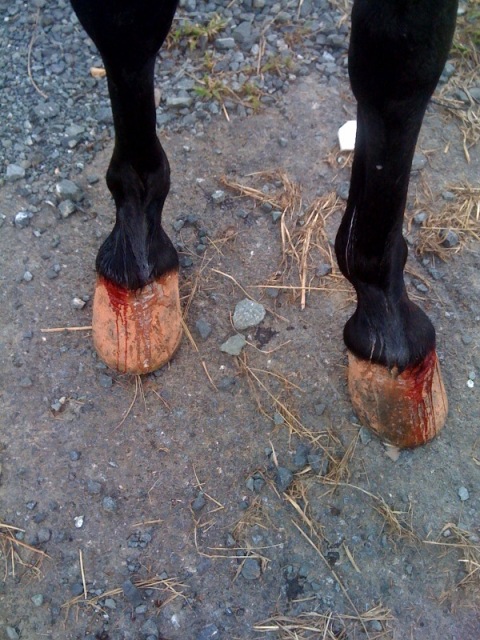 bleeding hooves
Question
bleeding hooves
hi Joepaul! I have attached a
bleeding hooves
Question
bleeding hooves
hi Joepaul! I have attached a
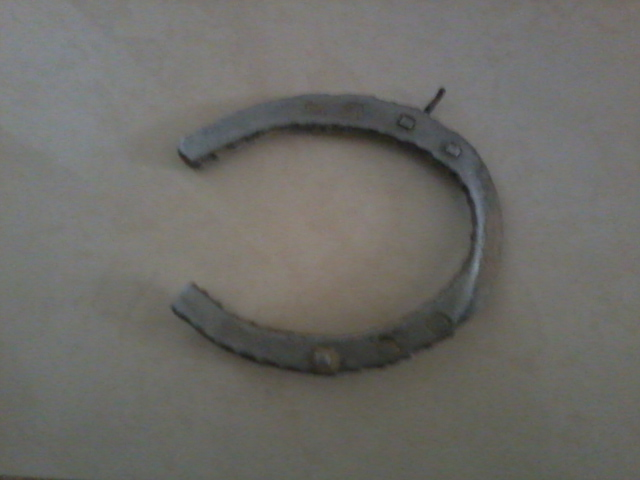 toe bent shoe
Question
toe bent toe bent.
hello sir. thi
toe bent shoe
Question
toe bent toe bent.
hello sir. thi
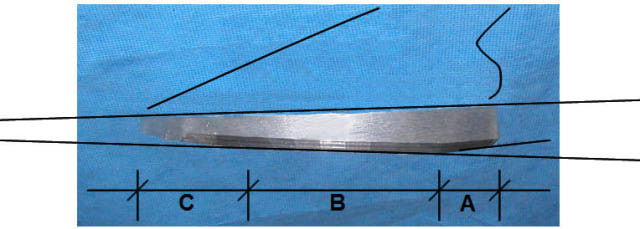 wedge shoes on horses
Question
wedge shoe
hello sir, may i know when t
wedge shoes on horses
Question
wedge shoe
hello sir, may i know when t
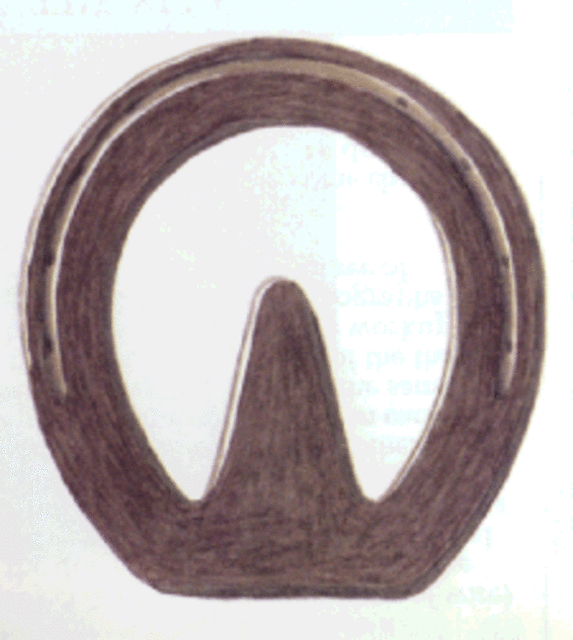 what shoe is this
Question
what shoe
hello sir, may i know the nam
what shoe is this
Question
what shoe
hello sir, may i know the nam
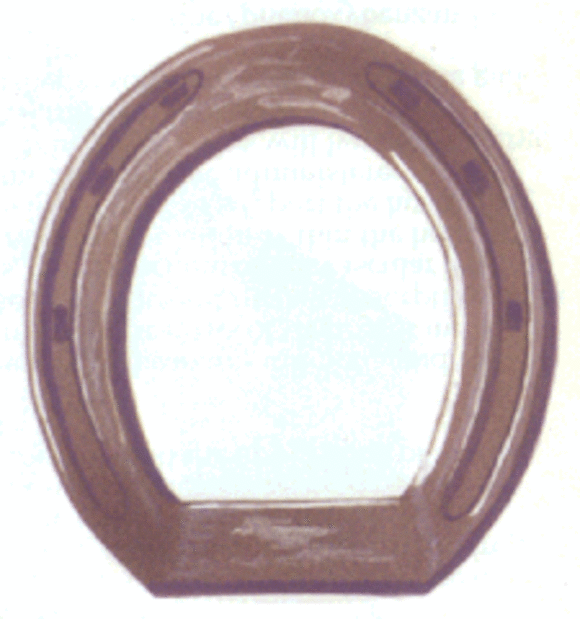 eggbar shoes on horses
Question
bar shoe
hello sir, when can i use egg
eggbar shoes on horses
Question
bar shoe
hello sir, when can i use egg